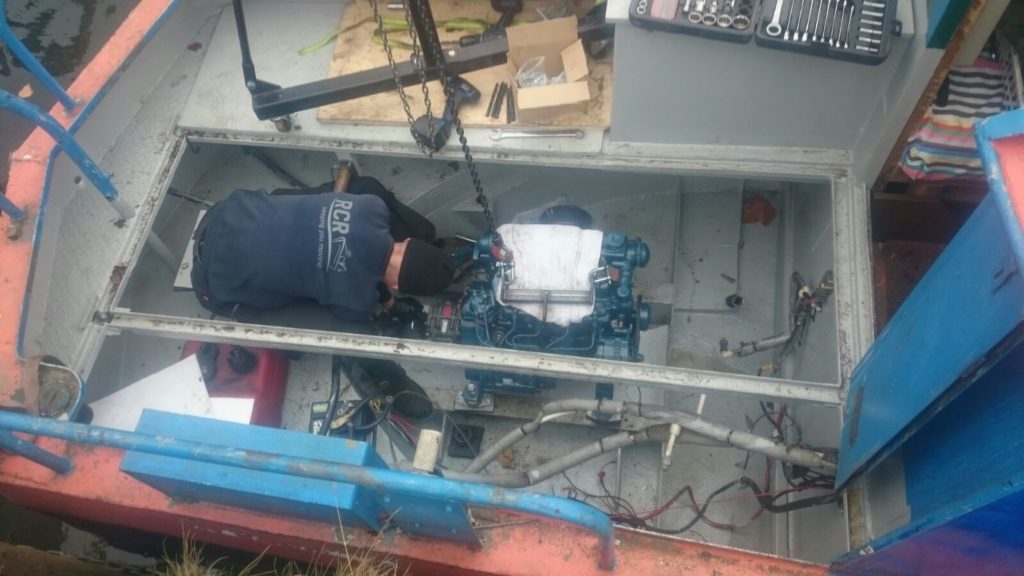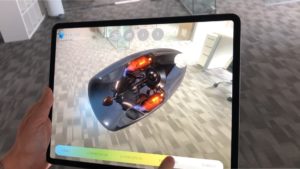River Canal Rescue calls for ‘sticky fuel’ samples

After a spate of incidents in which River Canal Rescue (RCR) has seen up to 100 cases of ‘sticky fuel’ this year, MD Stephanie Horton is asking for similar fuel samples to be sent to her.
RCR says it is the UK’s largest national 24/7, 365 days-a-year breakdown/emergency assistance service provider for inland waterway boaters. As such, with around 4,000 call outs each year, it says it can usually gauge when an issue is arising. Now with regions affected from York to London and Bristol to Lancaster, Horton says it’s time to act and work out what the cause of the sticky fuel is.
She’s calling for samples – and locations – so she can try to identify common factors like treatments being used.
The situation came to light when River Canal Rescue had two identical jobs. Fuel injectors were diagnosed as needing an overhaul, yet their replacements stopped working within a week. The injection pumps were found to have failed even though the diesel was clear and bright.
Upon further investigation, RCR engineers found in both cases the injector pump racks had seized solid and the nozzles were blocked, and when replacing the plunger filter head, they found the fuel had a sticky, syrup-like substance. Alongside stuck injection pump racks, injectors and filter head plunger failures, RCR is also seeing cases of fuel filters blocking with wax inside them.

“Over the last nine months, we’ve come across higher than normal call outs for injector, injection pump and fuel problems not related to diesel bug. Our contractors are also reporting reoccurring issues with these systems and ‘sticky fuel’,” Horton says.
“It’s definitely a type of contamination, but not one we’ve seen before. Samples have been taken and we’re trying to build a picture of the problem. Our engineers are reporting problems across the UK and this particular issue is only becoming clear when a fault reoccurs, because the diesel on the whole looks bright and clear.
“Initially we suspected sugar in the fuel, but sugar stays crystalline instead of dissolving. We now believe it may be related to a reduction in FAME-free fuel and a change in fuel and fuel treatment additives.”
In order to identify the culprit, Horton is keen to hear from boat owners and engineers with similar problems: “I want to learn more about their experiences, where they filled up and what treatments they may have used, and increase my sample size. The more I know, the closer I am to finding a solution.”
Horton believes the issue could stem from chemicals, now present in some treatments and red diesel, which replaced banned additives.
“There’s an industry task force currently looking at sustainability and the use of second stage bio-diesel for marina applications, and they report these ‘sticky fuel’ symptoms were reported in their testing samples when using first stage bio-diesels. It’s clear there’s an ongoing problem which I wonder may be due to marinas no longer being able to supply FAME-free oil.

“It’s important we get to the bottom of the problem as these are costly breakdowns and businesses are also at risk due to the reoccurrence of issues and covering repairs under warranty.”
Horton’s actions aren’t entirely altruistic.
The rise in calls for assistance due to fuel-related issues impacts on demand for RCR’s service, and the cost of providing it. RCR’s Replacement Parts Cover includes injection pumps and lift pumps, so having seen an increase in part-related issues, RCR has to investigate and look at solutions.
Horton plans to share her findings with the industry task force. She hopes to identify and then find a solution, similar to diesel bug, and generate a better understanding of the extent of the issue.
Email enquiries@rivercanalrescue.co.uk to find out what to do with samples.











